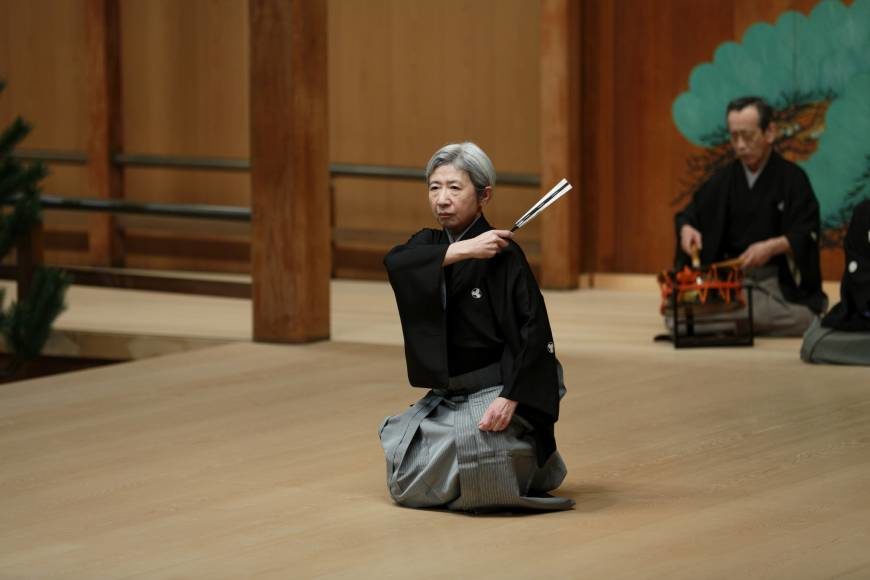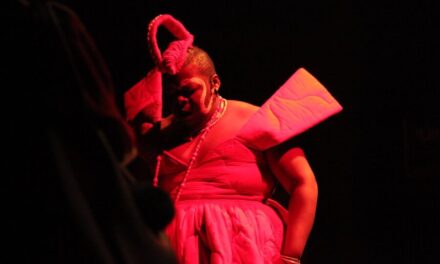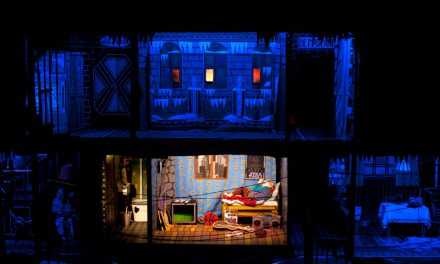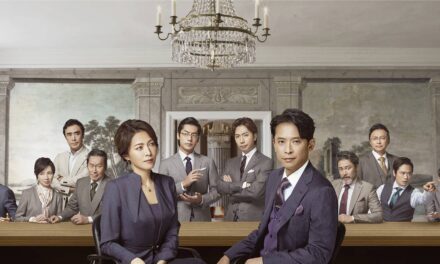Noh performer Hisa Uzawa has spent her life devoted to an art form that—with its slow and steady movements, sparse staging and ancient chanting—may at first seem staid. In her hands, however, the 650-year-old tradition becomes relentlessly contemporary.
Uzawa was born into a noh family in 1949. Her father, Masashi, was a shite (lead actor) in the Kanze School and part of the Tessenkai Ensemble, and Uzawa grew up steeped in traditional music and arts.
“When I first moved here, the house we had was much smaller,” she tells The Japan Times from her home in Shinagawa Ward. “I could hear my father’s students having lessons late into the night. The whole space was used for classes, so I slept in the bathroom at night. Noh songs for me are like lullabies. I’ve been surrounded by noh since the day I was born.”
Growing up was much the same. While Uzawa’s peers were being exposed to the wonders of Western music through the education system and the popularity of rock music, Uzawa’s father kept her on a strict diet of traditional Japanese art. “Whenever a Western music program came on, my father made me turn it off,” she recalls.
She has adopted her father’s artistic creed and now, as one of the few female shite and as a government-designated “cultural treasure,” hopes to act as a bridge for people in the 21st century to discover and connect with noh, Japan’s history, and other traditional art forms from the country.
One of the ways Uzawa teaches about noh is by visiting schools. She recently visited Ochiai Daini Junior High School in Tokyo’s Shinjuku Ward with her daughter, Hikaru, who is also a shite. Their challenge of the day was to explain noh within an hour to around 30 students—many of whom were merely excited to get out of a regular music class.
The Uzawas, dressed in gray and navy hakama and kimono, look at odds in a room filled with guitars and desks. But using only masks and instruments as props, the pair create a world that is nothing like what these 11, 12 and 13-year-olds have ever encountered.
“Do you see this woman?” Uzawa asks as she holds up a hannya, the mask belonging to a female demon that is typically used to depict a character filled with rage. “She is in pain. She has gradually become this way because of sadness and anger. Remember that next time you see a woman who has become a hannya.”
It’s important to note that the portrayal of women in noh is somewhat problematic. Most female characters are angry ghosts or spurned lovers, but Uzawa sees things a little differently.
“These women have strength,” she tells the students. “Unlike a lot of female kabuki characters, the women in noh are tough.”
As one of the few women who perform the art, Uzawa is able to bring a new perspective to the traditionally male interpretation of noh’s female characters. She humanizes the characters, making them relatable and enticing with foibles of their own.
During the workshop, Uzawa and her daughter use Aoi No Ue (Lady Aoi), a play based on the 11th-century classic The Tale Of Genji, to introduce students to the world of noh. The pair quiz the students on their grasp of history, particularly on the Genpei War of the 12th century. They then try chanting, and the mother-daughter team encourage the children to use their breath and bodies in a way that allows their chanting to be loud and clear. By the end of the hour, the students have both an intellectual and physical understanding of Japanese aesthetics and history.
One thing that is apparent in Uzawa’s instruction is that she refuses to water things down to make them easier to understand. She stresses that you need imagination to appreciate noh because there are no fancy sets or tricks, but once you’re able to tap into your creativity the experience can be entrancing.
On March 24, Uzawa will perform the play Takasago at the National Noh Theatre in Shibuya Ward.
“Of the more than 10 plays that Hisao-sensei taught me,” she says, referring to her teacher, Hisao Kanze (1925-78), who was the head of the Kanze School, “I have performed all of them except for Takasago. It was the only one I felt apprehensive about.”
The apprehension she feels is due to the difficulty of the play and the lead role she is performing. But when she was asked to perform the piece at the National Noh Theatre, an honor in and of itself, she “took it on with joy” and “terrific determination.”
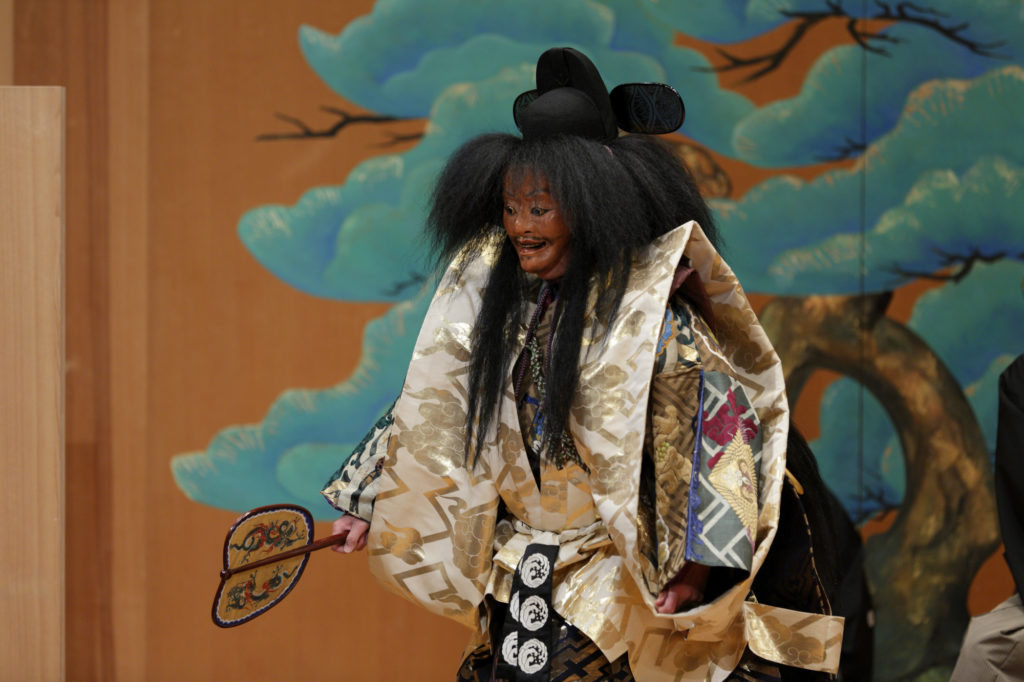
Subtle moves: Hisa Uzawa performs as the shite in the play Tamura. This month she will face a formidable challenge when she performs in a play titled Takasago, which will be shown at the National Noh Theatre. | SHIGERU HAFUKA
Takasago is a first category play, also known as a kami mono (god play). Kami mono are auspicious tales about shrines or deities. This piece, which assumed its present form in the 15th century, is about a man and a woman who are deeply in love, therefore the performances require a lot of fortitude and vigor—qualities that only male actors were previously thought to possess.
“All living things on this planet were given life, not just people but also plants and other living beings,” Uzawa says, referring to the essence of the play. “To have life is to have energy. To manifest the energy in us as living beings is to live. We work hard to live every moment of our lives. That is what living is, right? I think that energy has to be up there on the noh stage. That energy is epitomized in Takasago.”
For Uzawa, this performance is a chance to show that, through her life, breath, and emotions, she possesses this energy. But why shouldn’t she? She points out that this philosophy is not new to her and it is rooted in the long history of noh—a history that she grew up surrounded by.
Expanding on the philosophy of the art form, Uzawa takes out a small book of criticism on prolific noh playwright and performer Zeami (1363-1443).
“Zeami understood the connection between breath, noh. and music, and explained this hundreds of years ago,” she says. “He said that the power to make words into performance comes from breath, based in the body. The connection between voice and performance is incredibly important. Sound comes from breath and breath comes from the body.”
In her performances, Uzawa channels Zeami, connecting breath and living to history and noh. But it is just one aspect of a world that she herself creates on stage during her performance. It’s a world of subtle moments—a slight movement of the head, a stretch of the hand, a step forward or just a breath. The audience reciprocates, seeing a pole on the stage as a tree, a flimsy wooden frame as a home. It’s a complicated dance, but it’s one Uzawa has been doing her entire life.
Hisa Uzawa will perform as part of Takasago at the National Noh Theatre on March 24. Tickets cost ¥2,700 and upward. For more information, visit www.ntj.jac.go.jp.
A brief history of women in noh
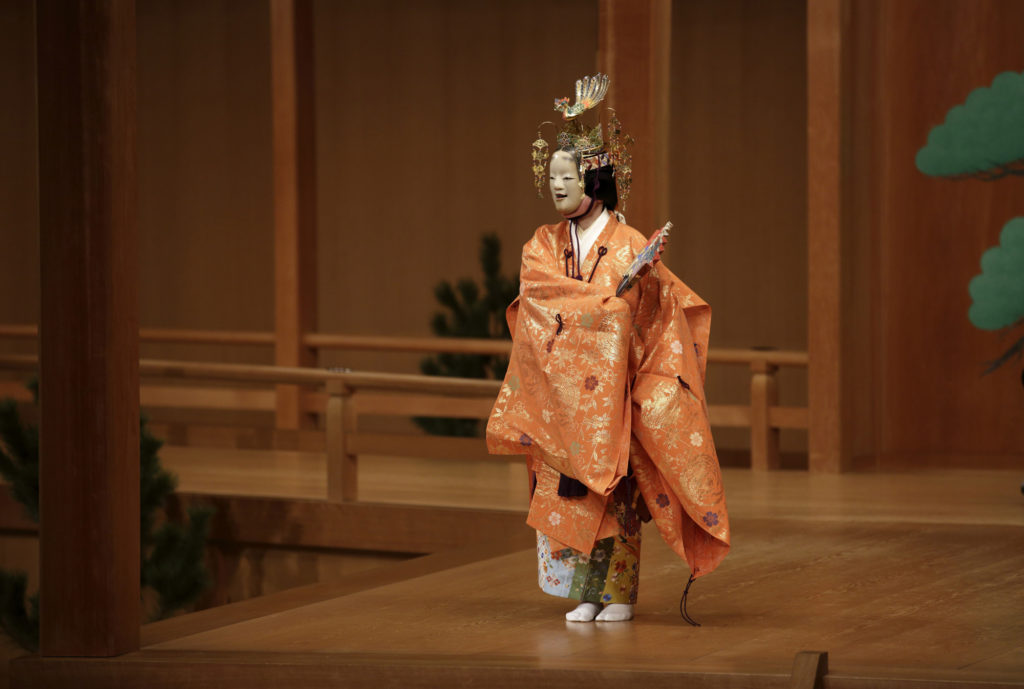
Hagoromo | SHIGERU HAFUKA
Throughout its 650-year history, women have always played a part in the world of noh but were never fully accepted. According to Barbara Geilhorn, an expert in Japanese studies whose research focuses on female representation in the performance art, there is evidence in court diaries that miko (shrine maidens) performed it as far back as the 14th century.
In the Edo Period (1603-1868), there was a gradual tightening up of the guild system, which excluded women from the art form. Though some women, such as courtesans, performed songs in marginal situations, they were essentially barred from performing professionally.
Geilhorn states that as noh schools lost their main source of income in the Meiji Era (1868-1912) after the fall of the shoguns, performers adapted by teaching the art form to nobles and the wealthy. When women demanded female teachers, this opened up new possibilities and job opportunities for female performers.
In the early 20th century, after women were permitted to join the noh program at Tokyo Music School (now the Tokyo University of the Arts), there was a loosening of the rules prohibiting them from joining the various schools and associations in noh.
In 1948, the first women joined the Society of Professional Noh Performers as shite (lead actors) of the Kanze School (among them Akiko Yamashima), and were officially acknowledged as professional noh performers—the first of the modern era. According to Geilhorn’s research, around 20 percent of the current members of The Nohgaku Performers Association are women.
However, there is still significant discrimination against female practitioners and women have to rely on individual gatekeepers—who may or may not be supportive—in order to receive opportunities to perform professionally.
Though some women have grown up in noh families, and have even been trained by their fathers since they were young, it remains to be seen whether the coming generations of practitioners will include significantly more women in their ranks.
This article originally appeared in Japan Times on March 1, 2018, and has been reposted with permission.
This post was written by the author in their personal capacity.The opinions expressed in this article are the author’s own and do not reflect the view of The Theatre Times, their staff or collaborators.
This post was written by Katherine Whatley.
The views expressed here belong to the author and do not necessarily reflect our views and opinions.

